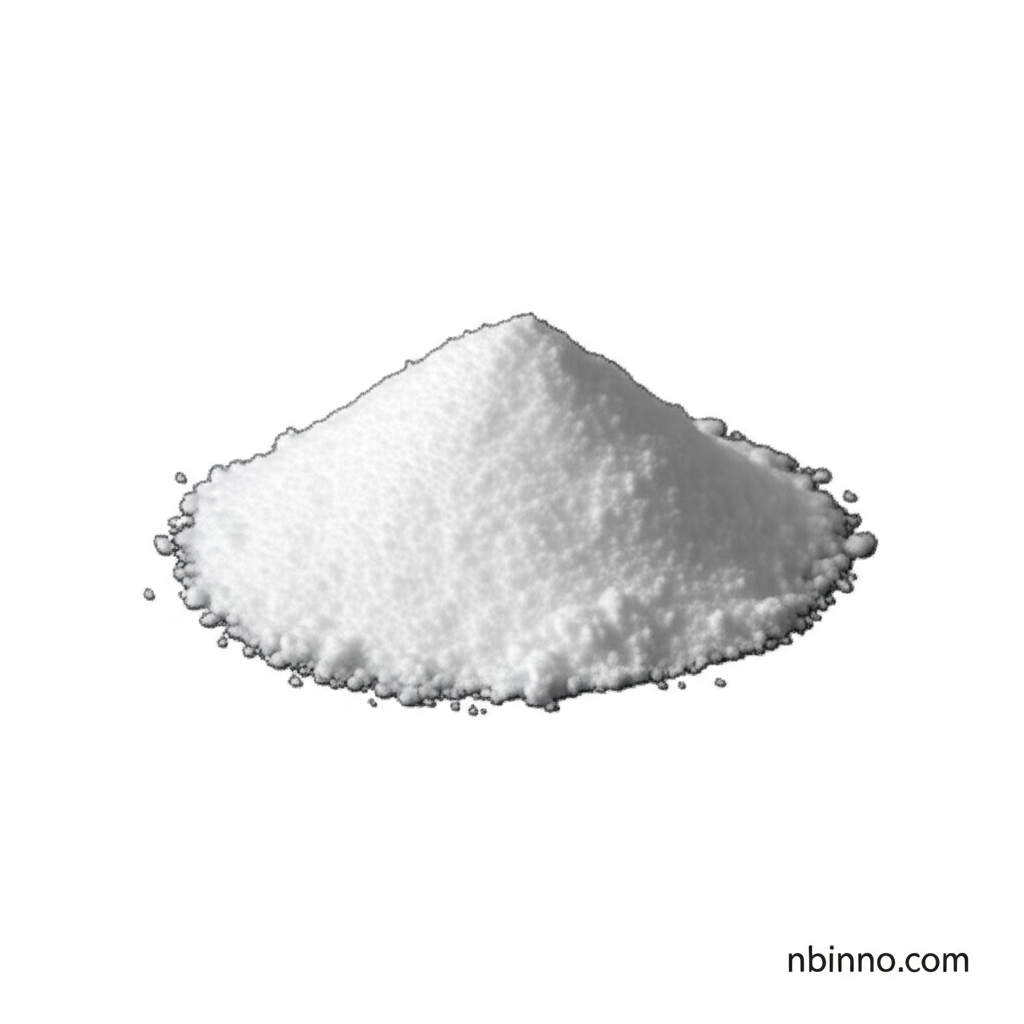H-GLU(OBZL)-NCA (CAS 3190-71-4): A Versatile Building Block for Advanced Drug Delivery Systems
Unlock cutting-edge pharmaceutical research with this key intermediate for advanced polymer applications.
Get a Quote & SampleProduct Core Value

Benzyl Glutamate N-Carboxyanhydride
This chemical compound is a vital reactive derivative of L-glutamic acid, cyclised as an N-carboxyanhydride, commonly known as Leuchs' anhydrides. It is instrumental in the synthesis of reduction-sensitive block copolymers, crucial for applications like the intracellular delivery of doxorubicin, enhancing the efficiency of chemotherapeutic treatments.
- Explore the synthesis of H-GLU(OBZL)-NCA with high purity and consistent quality for your critical research needs.
- Discover how this compound facilitates the intracellular delivery of doxorubicin, a significant advancement in cancer therapy.
- Leverage advanced polymer synthesis capabilities with Benzyl Glutamate N-Carboxyanhydride for novel drug delivery platforms.
- Investigate its role as a key intermediate within the pharmaceutical industry, enabling breakthrough research in biomaterials.
Advantages
Enhanced Drug Efficacy
Utilizing Benzyl Glutamate N-Carboxyanhydride in polymer synthesis leads to advanced drug delivery systems that improve the targeting and efficacy of therapeutic agents, contributing to better patient outcomes.
Versatile Chemical Reactivity
The N-carboxyanhydride structure allows for controlled polymerization and reaction with nucleophiles, making it a versatile building block for a wide range of complex copolymers and materials.
Pharmaceutical Research Applications
As a crucial pharmaceutical intermediate, CAS 3190-71-4 supports innovation in drug delivery systems and the development of novel treatments, driving progress in medical science.
Key Applications
Drug Delivery Systems
This compound is central to creating sophisticated drug delivery systems designed for enhanced intracellular delivery, directly impacting the therapeutic potential of pharmaceuticals.
Polymer Synthesis
Its reactive nature makes it an ideal monomer for synthesizing various advanced polymers, including those with specific reduction-sensitive properties for targeted applications.
Biomedical Research
Researchers utilize this chemical in exploring new frontiers in nanomedicine and biomaterials, contributing to advancements in how diseases are treated.
Pharmaceutical Intermediate
As a high-quality fine chemical, it serves as a foundational intermediate for the creation of complex molecules and active pharmaceutical ingredients (APIs).
